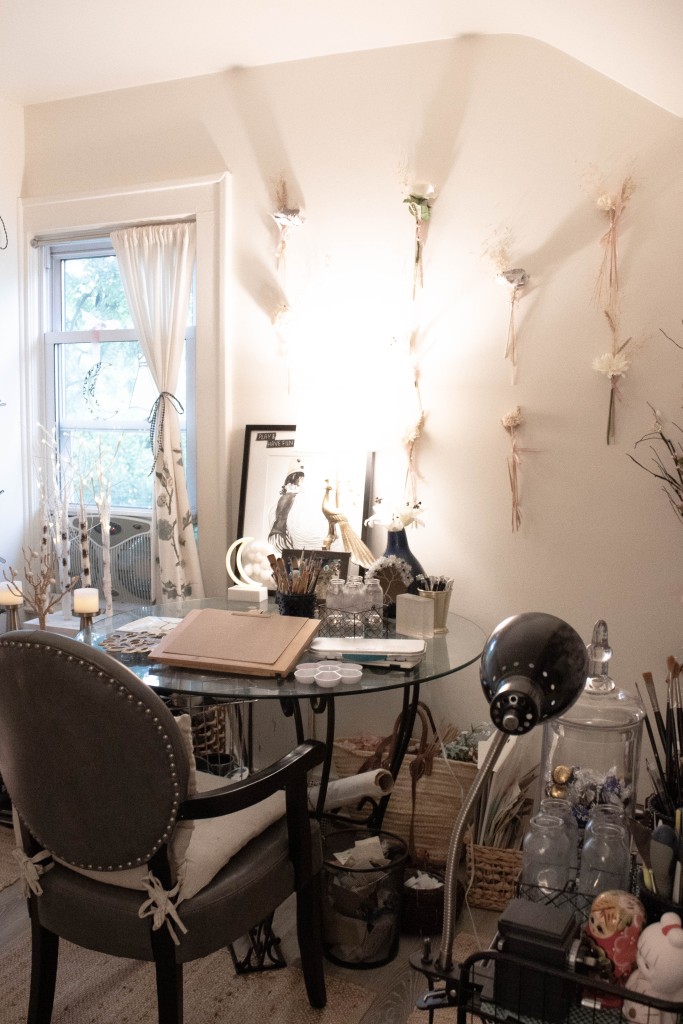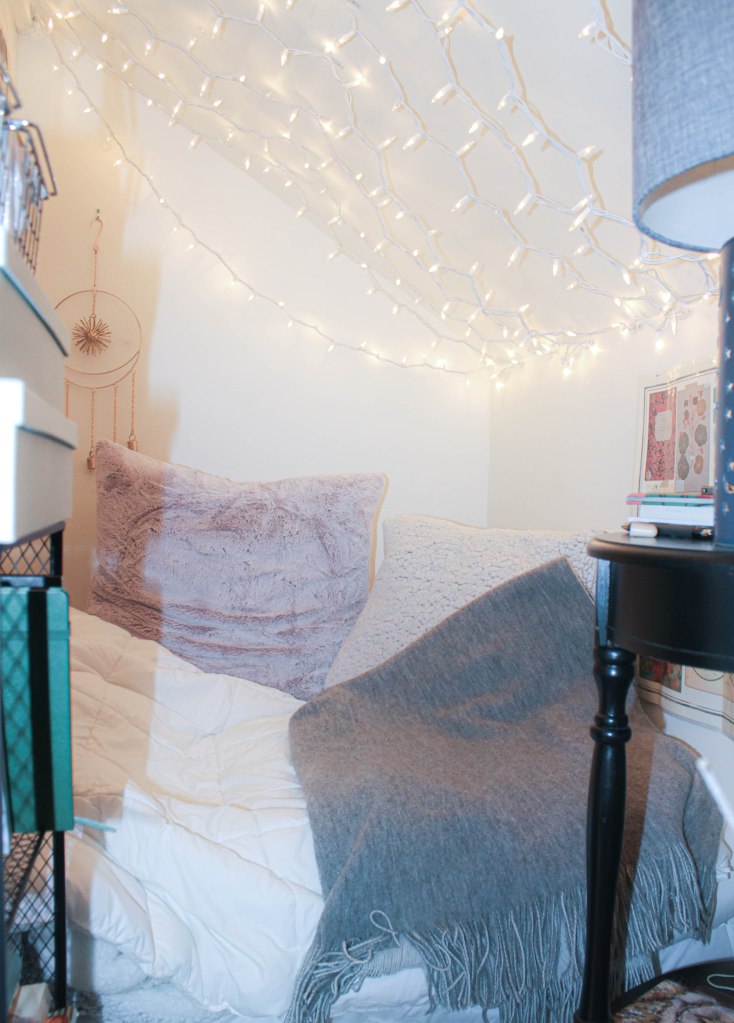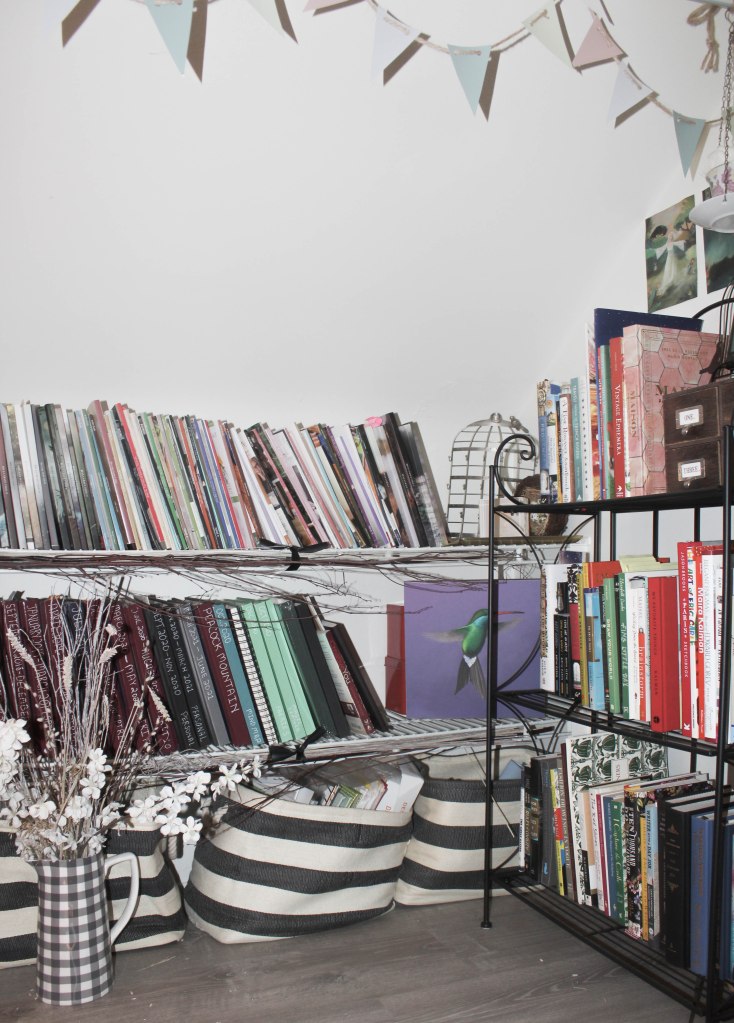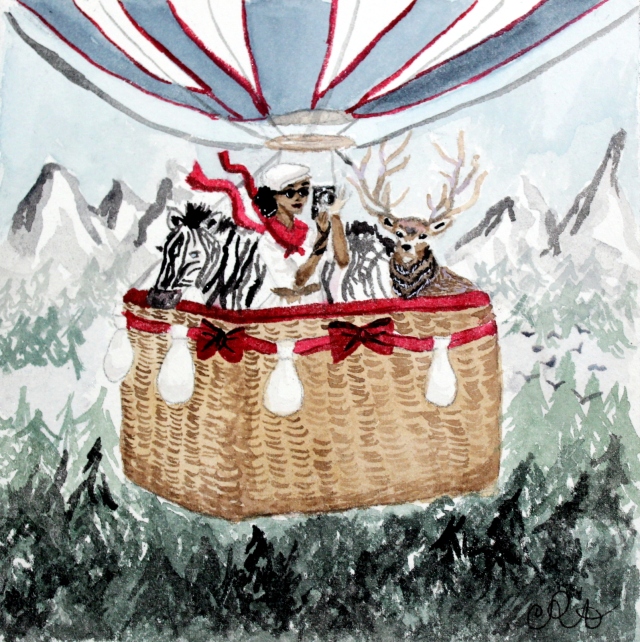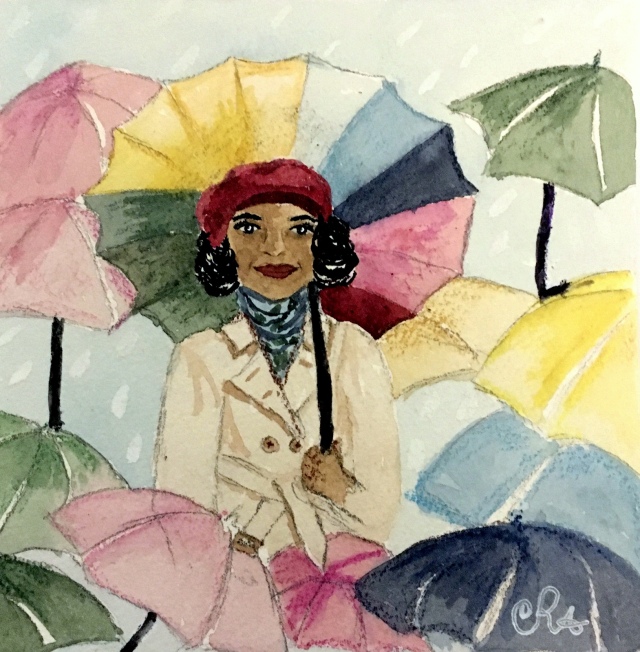
Happy New Year! I explored the concept of intuitive creativity throughout 2023, and I thought it would be helpful to share some of the insights I gained. First, intuitive creativity is just what it sounds like – using your intuition to approach the creative process. Intuition relies on right brained processes such as images, emotions, and recognizing patterns. I chose this image of the fog that I took on a recent walk, and I think it captures what this process feels like on the inside – foggy, yet beautiful when things finally start to come into focus. Second, this topic peaked my interest because traditional methods for approaching creativity were not working for me. Traditional approaches are not intuitive. They tend to be very logic based, and if your brain happens not to be wired that way, then they can prove challenging for you. These approaches call for creating everyday, tracking everything, planning things… you get the picture. And all creativity needs to end up in the place eventually if you ever hope to produce work that others can understand. However, for intuitive people, this traditional, logical approach often hinders their creative process if they try to institute it at the beginning of a project.
I ended up reading five books about focusing on intuition as a creative process, and here are some of the tips I picked up:
- Receiving/Seeing – allowing space to receive insights that come from your brain and seeing where it takes you once you apply it to your creative project; basically, remaining open without shutting down what is coming to you
- Feeling – focus on where the energy is; your body will tell you when you are really excited about something and when you feel nothing about something
- Fragments – accept that information will come to you a little at a time, and that it will come out of order; just capture what is shared with you trusting that it will eventually make sense
- Prompts – use prompts to keep exploring and playing
- Let Go – let go instead of trying to force yourself to create; when you force yourself, you end up anxious, shutting down, or procrastinating
The next thing I explored is ways to get into this intuitive mode. The following list provides some activities which help with getting into this mindset:
- Thinking – setting aside time to just think with no set ideas in mind
- Bathing – keeping notepads close when taking showers and bathes because the best ideas usually come when you are relaxed
- Walking – taking walks, preferably in nature, is always helpful for providing fresh air and imagery to spark ideas
- Music – sitting still and listening to music helps to activate the creative part of your brain
- Meditating – this practice opens up your mind (this is where most of my best ideas come from)
- Journaling – freewriting in a journal often leads to many different avenues to explore
- Seeking Inspiration – reading, watching movies/t.v., looking at art, etc.. and then taking the time to think about what you experienced
These are all great ways to activate your intuition. If you are anything like me, then you probably need to be reminded of this important part of your being in this tech-obsessed, logical world; I hope this post has inspired you to consider ways that you can tap into your intuition (especially as it relates to your creativity).


